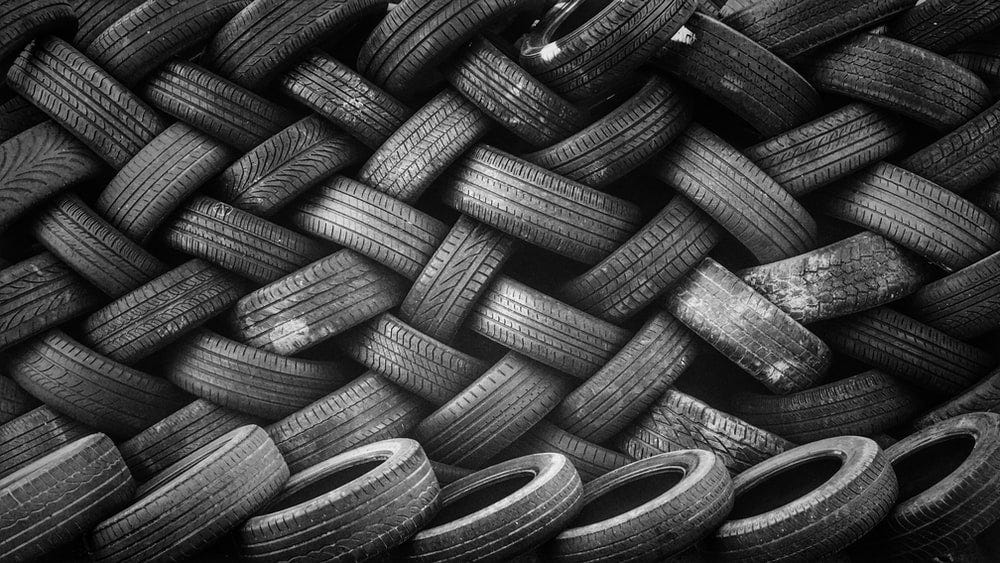We are in merger and acquisition season and there are a few notable things that have happened since April.
The biggest shock to me this last month was Ashland putting its adhesive’s business up for sale. The business unit has posted 22% EBITDA in 2020, which is excellent for a specialty chemicals maker, but Ashland appears to want to go all-in on their healthcare segment. Ashland’s adhesive business makes engineered wood adhesives, automotive adhesives, and composite adhesives, and they acquired the Air Products adhesive business back in 2008 for $92 million to become a full systems provider. The only thing holding Ashland’s adhesives business from more growth is that their customers appear to be supply constrained both in cars and lumber prices, but as I wrote earlier this month specialty chemicals are back.
Adhesive Magazine reported that a large private holding company called Prince International Corp. acquiring Ferro Corp, a maker of functional coatings and printing solutions. Ferro Corp makes pigments, printing inks, and chemicals used in coatings, electronics, and leather making to name a few end markets. I suspect that Prince International Corp. sees some synergies with Ferro and seeks to consolidate esoteric businesses that escape the purview of regulatory scrutiny. I wouldn’t be surprised if some of these end markets end up becoming duopolies.
On the selling side Trinseo is selling its rubber business to Synthos for about $491 million in an effort to move their business towards a higher margin and less cyclical business. I wrote about Arkema selling their PMMA business to Trinseo back in December of 2020. Trinseo will use the cash from the sale of its rubber business and their newly acquired PMMA business to pursue organic and inorganic growth in the engineered materials and the CASE (coatings, adhesives, sealants, and elastomers) market segments.
All of this M&A activity is shadowed by sky high price inflation, which according to ICIS appears to be coming back to normal. The aftermath of Texas freezing over has been rippling through supply chains for most of Q1 and Q2 of 2021, but the high prices could be putting a wet blanket over the economy as even home builders are turning away orders according to Bloomberg. Lower chemical prices could be an economic signal of normality coming back to the chemical industry and the modern economy built on its foundation.
Meanwhile, Kula Bio raised $10 million to advance their efforts to commercialize their nitrogen fertilizer. Kula Bio claims that their product can replace up to 80% of a farm’s nitrogen use and it can be applied via irrigation. Kula Bio also claims that their product is sustainable nitrogen as opposed to the energy intensive nitrogen made from the Haber-Bosch process. Kula Bio also claims that their fertilizer does not run off and stays in the soil. Kula’s product enables a specific bacteria to fix nitrogen into the soil from the air and is essentially a biomanufacturing version of the Haber Bosch process.
Overall, I think that Covid-19 and the fragility of our global infrastructure have exposed the fragility of our society and chemical makers are trying to adjust for these new realities. Ashland for instance is seeking to divest what many companies would consider their Golden Goose while other specialty chemical makers like Trinseo seek to become more specialized and profitable. I think specialty chemicals are back in a big way compared to five years ago, but all of this is occuring while biomanufacturing startups are popping up like weeds seeking to take market share from the existing incumbents.
It’s an interesting time to be a chemist.





It certainly exposed all the problems and inequities in the system and the level of mediocrity already built into the system. The more things change the more they stay the same